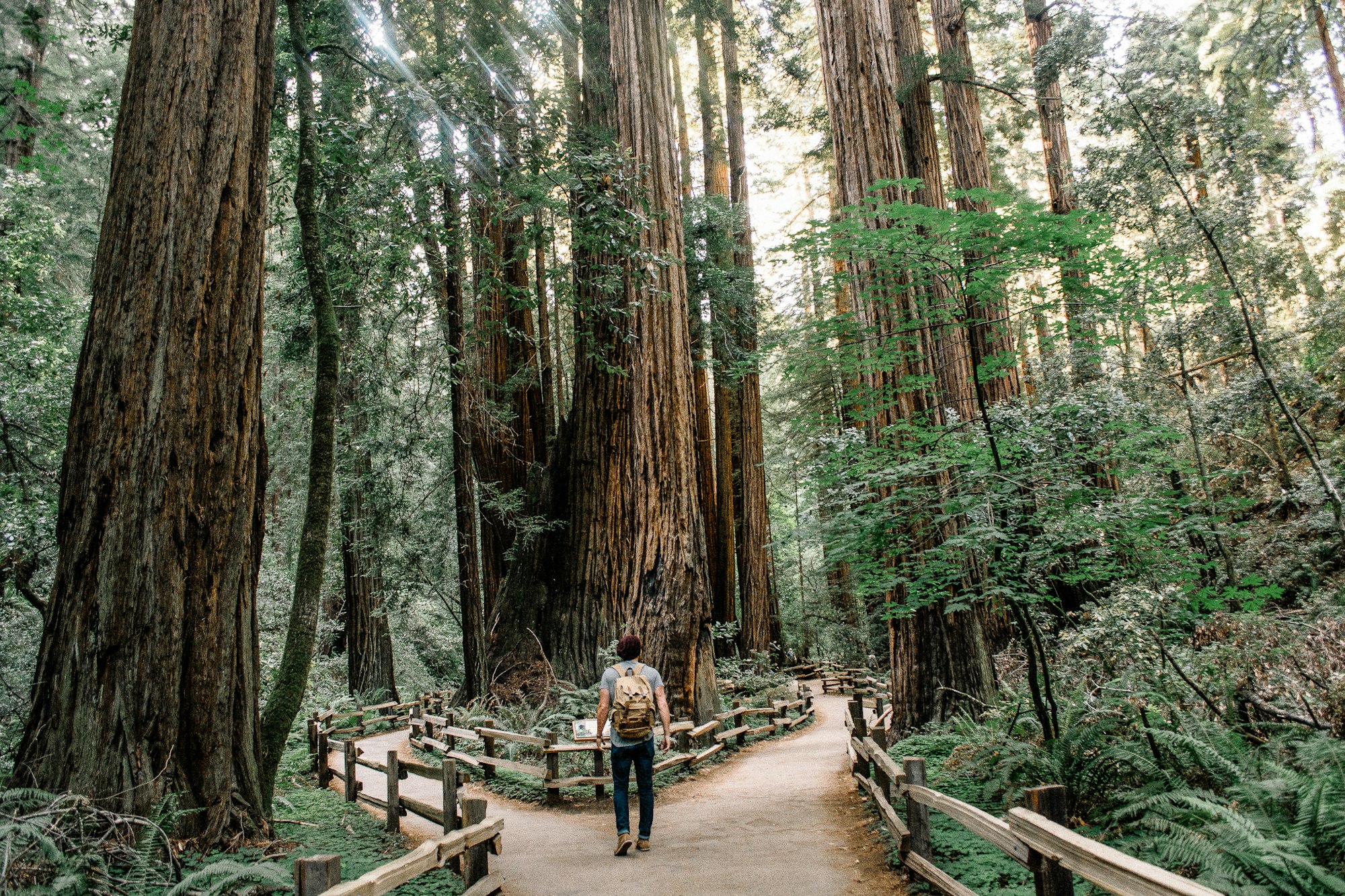
How to Find Your Path to Climate Action
Follow this step-by-step guide to finding your path and unique role in solving the climate crisis.
Follow this step-by-step guide to finding your path and unique role in solving the climate crisis.
Outline
Transformation or disruption. That’s what half of the world’s GDP is facing at the hands of the climate crisis. From climate communication to renewable energy engineering, it’s unquestionable: Green skills are becoming an indispensable part of the workforce. So much so, that 100 million people will need to learn climate skills within the next 10 years.
The problem is—the current talent funnel isn’t adapting quickly enough. 99% of people working in climate in 2030 currently work elsewhere, and we’re determined to change that.
So, how can you ignite your journey today? Follow the step-by-step below to find out.
Understand that you can make a difference
Hey—we get it. The initial moments of your climate journey are overwhelming. We’re facing a pervasive issue, and it’s normal to feel that your actions are inadequate for such a vast systemic problem.
The truth of the matter is that all industries are being impacted by the climate crisis, and the demand for green skills* is skyrocketing. Like the first industrial revolution that took place, shifting to a greener economy requires professionals to develop new skills relevant to their roles.
Because of this, we’re facing a huge green skills gap; demand for green talent is expected to outstrip supply within the next five years. If you’re not keen on learning specialist technical skills, don’t worry—there's also an increased need for green skills in non-specialist roles, research by Deloitte has found.
*technical skills, knowledge, behaviors and capabilities required to tackle the environmental challenges we face and to unlock new opportunities for growth.
Learn what the world NEEDS
As per the IPCC’s Synthesis Report from March 2023, there needs to be immediate GHG (greenhouse gas) emission reductions to limit warming to 1.5 and 2 C, and there are options available right now in every sector that can cut emissions by at least 50% by 2030.
Fundamental changes to the way all industries operate will need to be made. There are solutions that need your skills as we speak. This is great for purpose-led professionals like you; there are many high-impact, low-hanging fruit waiting to be discovered in different domains.
With this in mind, we invite you to consider:
- What work must be done?
- What steps need to be taken?
- What skills will be needed?
- What role can I play?
Understand the solutions – and which ones matter
Yes, solutions - not sectors. Dig into different resources like YouTube, articles, and courses to understand which ones have the biggest impact when addressing the climate crisis.
You can refer to Project Drawdown’s table of climate solutions, a living project that breaks down solutions by sector and outlines their potential impact from the lens of GHG emission reduction.
Find your Venn
These three questions can help you visualize your role in the climate ecosystem.
Venn Diagram by Ayana Elizabeth Johnson
What brings you joy?
What makes you excited about the day ahead? Your work should make you feel centered, grounded, and optimistic; this is crucial for long-term sustainability. Equally important, consider what you can be paid for.
These two will answer the eventual question: “How can I live my most fulfilling life while contributing to solving the climate crisis?”.
What are you good at?
Contrary to what most think, you do not need to be ‘scienc-y’ to work in climate. So, don’t worry if your background isn’t directly related to climate science (not many candidates have this—it’s a young space!), you can apply your existing skills to any climate job.
What work needs doing?
If you’re feeling overwhelmed by the different solutions, try narrowing them down to the top three you see as the most important. Then, brainstorm the different ways your skills could be applied.
Don’t go at it alone
Starting your climate journey can be an emotional rollercoaster. One thing that we found really helps is having a community. Fortunately, there are incredible groups just one click away:
Attend local conferences, online job fairs, and reach out to people on the same journey as you. The key to growing your network is being consistent, so we recommend setting a weekly outreach target and keeping track of meetings on a spreadsheet.
You could also approach people whose climate journeys inspire you. Programs like #opendoorclimate provide one-on-one conversations with climate professionals, helping you learn from experts who have already walked the path of climate action.
Make a plan and work towards it
Finding your path can take time, so we recommend that you have a plan and be patient. Follow these three pillars:
Learn
Be ready to deep dive into your goals, skills, and vision for the future. Get boots-on-the-ground experience, and practical knowledge to work meaningfully on climate, and join a network of 1000s already working on climate by joining the Terra.do Learning for Action program.
Work
Get your foot in the door and see what skills are in demand by exploring our jobs board. You can even set alerts to stay in the know about what companies are looking for.
Meet
This is a physical world problem, and there’s lots of opportunity to discover jobs and have impact if you focus locally! Meet professionals fighting for climate by attending events and joining communities.
Are you ready to find your path?
A foundational education in climate can help you kickstart pathfinding quickly and confidently.
Check out Climate Change: Learning for Action for the structured approach you need to spark your journey!
More like this
So You're Ready to Step Up on Climate Action. Now What?
Folks ready to learn and do more about climate change have an array of options to get started. What are their respective pros and cons, and how does Terra.do stack up?
Our Next Cohort's Nickname Is the Manatees. Here's Why That's Special.
We've named each graduating class after animals at risk in our warming world, and we've just finished our first full lap through the alphabet.
Couldn’t We All Use More Storage?
Where are we going to put all that clean power from variable renewables like solar and wind? The world of batteries is already ramping up.

 Background
Background



